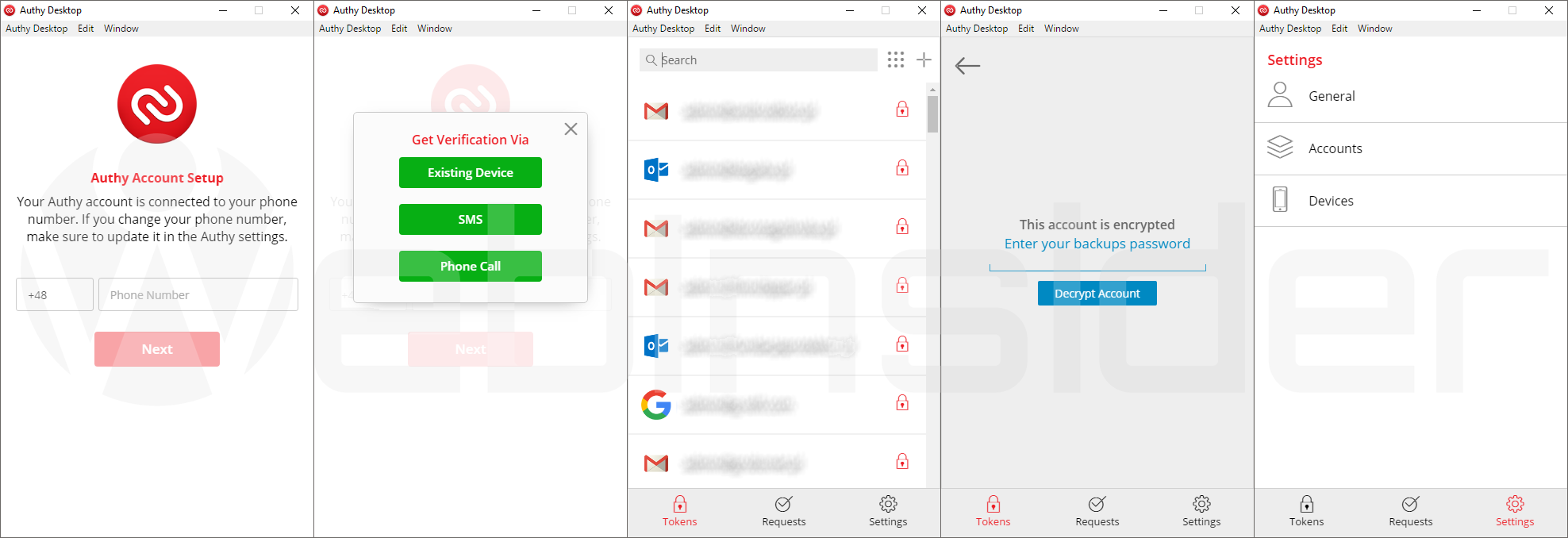
Today, the traditional method for approving such activities is to communicate by email. Some of our customers even go beyond the login and implement this new authentication method to secure in application high-value events or risky data changes, such as transferring funds or deleting user accounts.
AUTHY DESKTOP SYNC PASSWORD
Once you’ve registered your device (typically a smartphone) you no longer need a password to access your account.


However, with OneTouch, you can now consider removing the password altogether. OneTouch, and other services like it, are typically used for the initial login, where the first factor of authentication (a user entering a username and password) combines with a second factor (push notification to a mobile device). Quicker and more convenient for users, and a whole lot easier for developers. Clicking on the notification will launch Authy for Desktop and allow you to respond directly from the desktop or laptop. So as of today, we’re adding the convenience of Authy OneTouch to our Authy for desktop application.įor developers, this means you can deliver notifications directly on your user’s desktops (similar to Facebook and LinkedIn notifications) that will alert you to a pending authentication or authorization request.
AUTHY DESKTOP SYNC ANDROID
Until now, OneTouch has primarily been available to iOS and Android users in the free Authy app or embedded directly into existing mobile apps using our SDK. And while it’s increasingly becoming a mobile world, we are well aware that many users still log into accounts from a desktop or laptop, especially in the workplace. Authy’s OneTouch is one such example it uses push technology to secure the link between your user and your application, in real time, as they are logging in.Īlthough push technology is nothing new, it’s just beginning to see common use in the authentication space, with the technology industry deploying OneTouch-type approaches in several business and consumer applications, including:Īuthy OneTouch is ideal for mobile users. More and more we see these traditional methods prone to attack and, in response, the industry has been creating better, more modern solutions. Two-factor authentication (2FA) has helped increase security, but most often it’s implemented by sending security codes via an ever increasingly insecure SMS platform.

Most authentication across the web is reliant on a username and password pair, a security strategy that’s decades old and out of date.


 0 kommentar(er)
0 kommentar(er)
